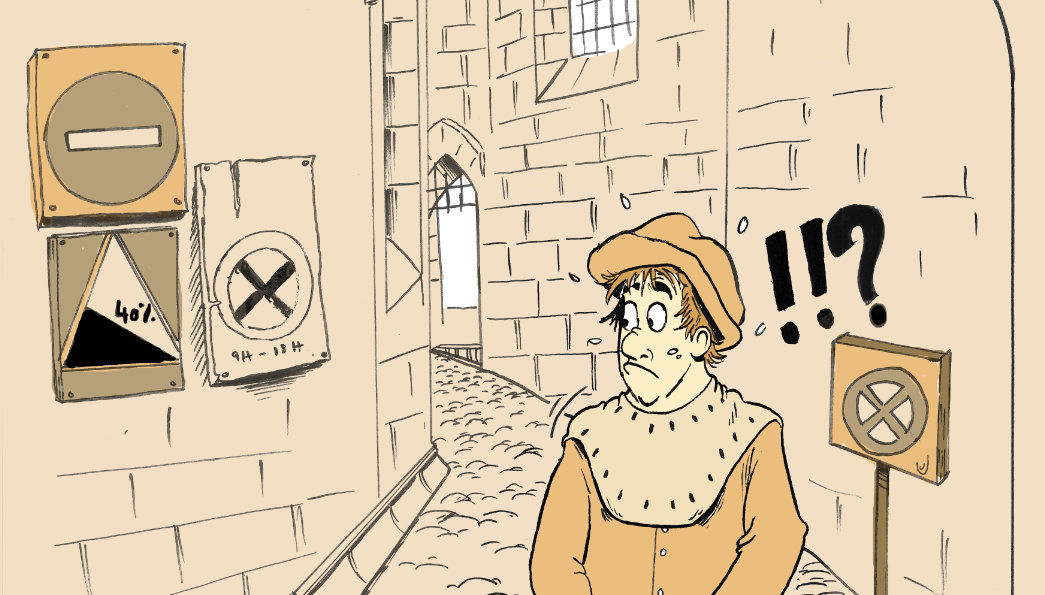The two cavalry towers are one of the Royal Château of Amboise’s emblematic attributes.
These almost identical towers were built, between 1495 and 1498, on the instigation of King Charles VIII, as part of the major works to transform the Royal Château of Amboise undertaken during his reign. It also seems that the construction of a third tower was planned but eventually abandoned. You can see the start of its base at the end of the north rampart.
An architectural singularity
The Minimes and Heurtault towers are unique examples of cavalry towers in France. They house two gently sloping spiral ramps between the outside walls and a hollow central core. Although the central core of the Heurtault tower is no longer accessible, visitors can still discover the one in the Minimes tower during the “Corridors of History” guided tours. The view is truly spectacular.
Easier access to the château
The two cavalry towers facilitated access to the château from the town below and the banks of the Loire. Until then, the only access had been the opening in the Medieval ramparts. To enter the château this way required a detour of several kilometres to arrive from the rear onto the rocky outcrop. It was certainly an excellent means of defence, but it was far less practical for daily comings and goings. The fact that the kingdom was at peace (the Hundred Years’ War was then over) made it possible to construct the towers. Any defensive contingencies could be slightly reduced in favour of beautiful architecture and an attractive appearance.
A prestigious redevelopment
The other reason for the towers’ construction was the king’s desire to give his château prestige. With their imposing character and their architecture, which was novel for the time, the towers constituted two dignified entrances for guests and visitors. It is also worth noting that the use of these two towers remained solely reserved for high-ranking dignitaries. Arriving on horseback so close to the château was a great honour. The cavalry towers thus contributed to the fascination the royal château exercised over the kingdom’s subjects.
As such, when François Ier received Charles V in 1539, the emperor naturally arrived in the château through the Heurtault tower, in the king’s company. There was a close brush with disaster that day when the two monarchs entered the Heurtault tower, which was richly decorated with tapestries and flaming torches. One of the tapestries caught fire as the convoy passed! The two sovereigns narrowly escaped the blaze.
A detention centre
When the court of France left for the Île-de-France in the second half of the 15th century, the Château of Amboise experienced a period of relative abandon. The calvary towers were transformed into detention centres. During periods of war or public disgrace, prisoners were held within their walls. You can still find traces of their incarceration in the myriad graffiti marking the walls. The oldest date from the end of the 15th century, others from the Second World War.
